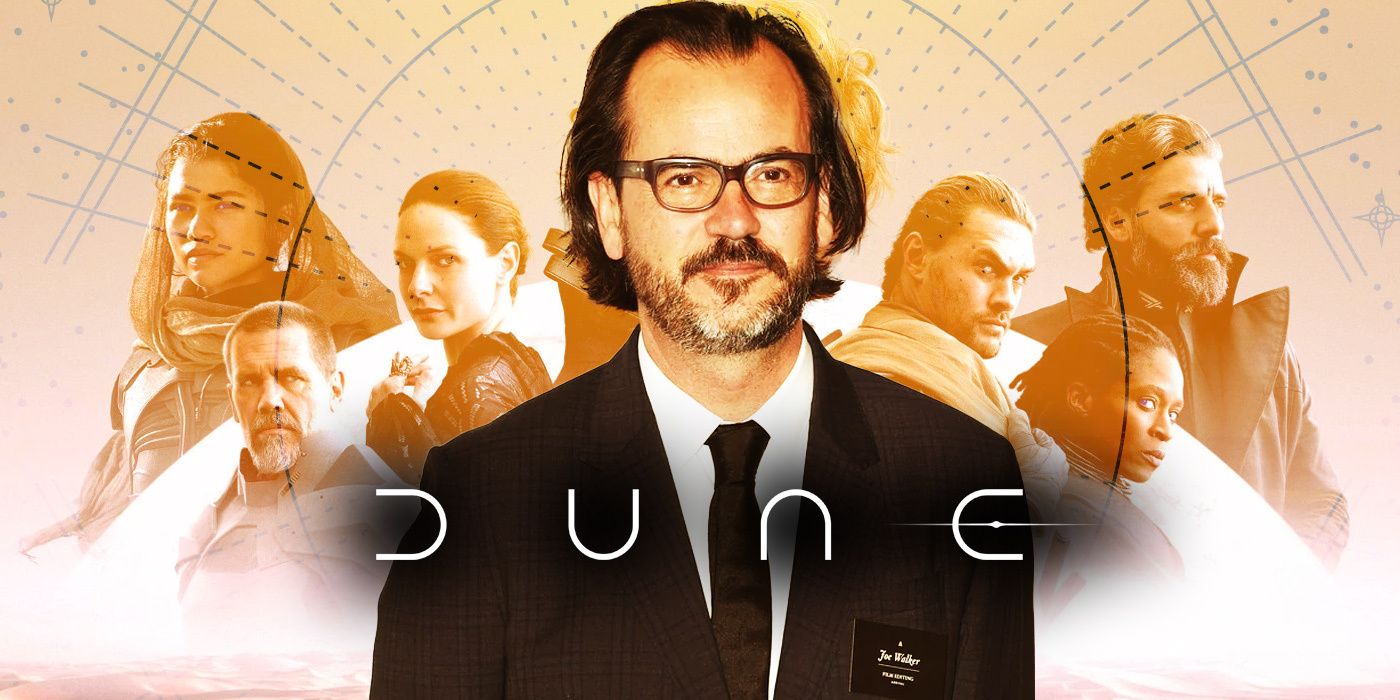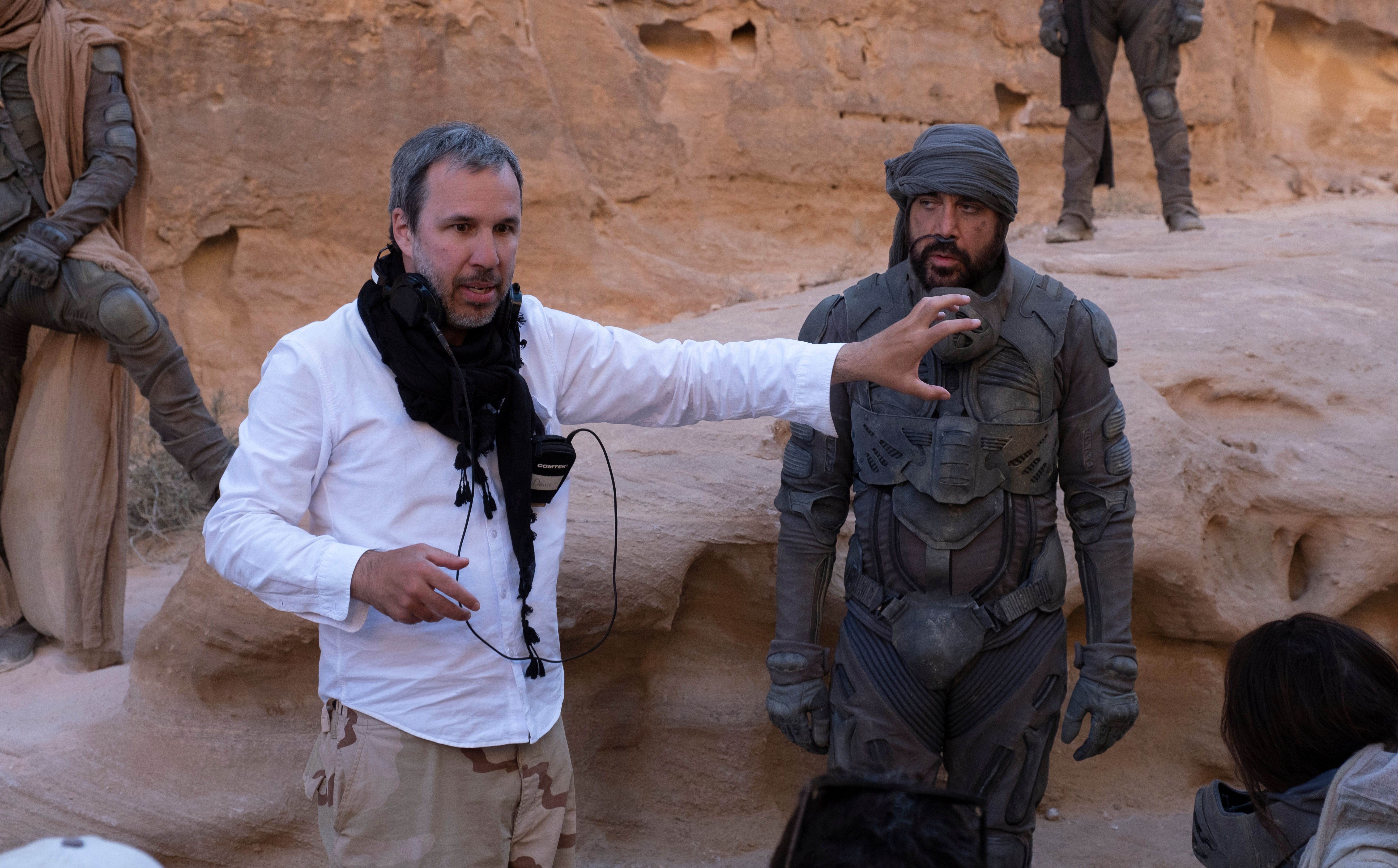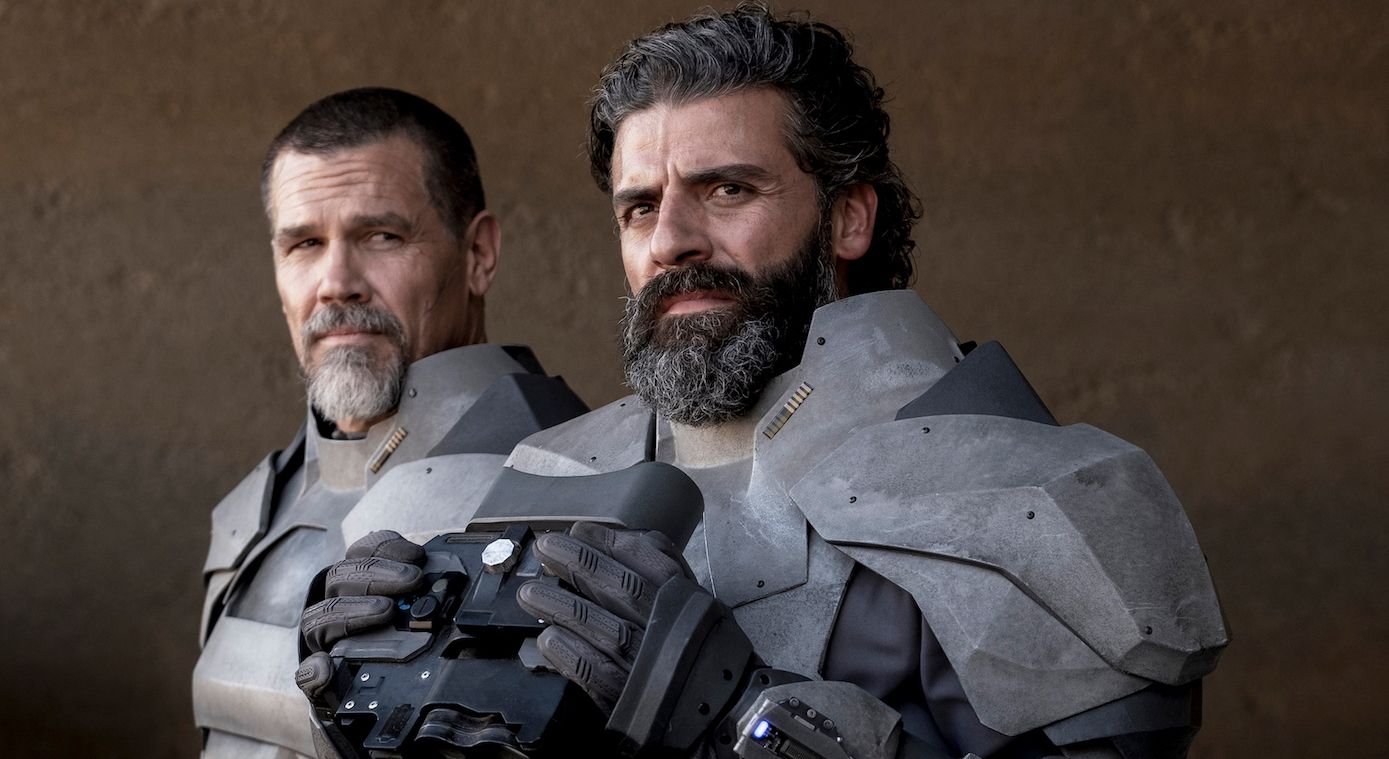Editor’s Note: Dune and Arrival spoilers are discussed in the interview.
While 2021 featured some amazing movies that we’ll all be watching for many years to come, for me there was one film that stood above everything, and that was Denis Villeneuve’s Dune. While Villeneuve has shown his gift behind the camera on his previous films like Arrival, Sicario, and Blade Runner 2049 (just to name a few), what he did on Dune was astounding. Each time I’ve seen the film I’ve felt like I was transported to the other side of the galaxy, getting to witness Paul Atreides journey as a silent observer. I cannot recommend this film enough.
With Dune arriving on 4K Blu-ray and DVD January 11th and currently available On Demand and digitally, I recently got to speak with editor Joe Walker about his incredible work. This is Walker’s fourth collaboration with Villeneuve, after working on Arrival, Sicario, and Blade Runner 2049.
During the extended and wide-ranging interview, Walker shared numerous behind-the-scenes stories about working with Villeneuve and their work on Dune, such as how they figured out the way Paul’s visions would look, which sequence they kept going back to, how they collaborate in the editing room, whose idea was the voice and words before the Warner Bros. logo, what happens when they have two takes that are both fantastic, if they saved anything from the first film for the sequel, and more. In addition, he talks about how he figures out when to use a close-up or a wide angle, if he keeps any cool deleted scenes, how long to stay on an establishing shot, why the intimate moments take the most time, the last thing they cut before picture locking, and how COVID impacted the test screening process. Finally, we also talked about the ending of Arrival and why it was such a challenge to get it right, editing Blade Runner 2049, the technology he uses to edit, and more.
If you’re curious how Dune was put together in the editing room, you’re going to learn a lot watching this conversation. Check it out in the player above. As usually I’ve listed everything we talked about below and included the time indexes in case you only want to watch a section section.
Joe Walker
- What does he wish more people knew about being an editor?
- 2:50 – Which of his films changed the most in the editing room?
- How it is the intimate moments that take the most time to get right in the editing room and not the big set pieces.
- 4:35 – What technology and programs does he use for editing?
- 6:00 – What does he wish editing software could do better?
- 6:40 - Where is the footage stored when he is editing?
- 8:15 – What happened on his first day on Dune?
- 10:30 – What happens when he is in love with two of the same takes?
- 11:35 – How long did it take to edit Dune?
- 13:00 – Does he ever keep some of the footage he’s working on like deleted scenes?
- 15:30 – How some filmmakers have to keep a film to a certain length and some great scenes are lost. That didn’t happen on Dune.
- 17:00 – What did he learn on Arrival, Sicario, and Blade Runner 2049 that he took with him to Dune?
- 18:30 – Did they have a longer assembly cut of the film?
- 20:00 – What was the last thing they cut out before picture locking and why?
- 22:00 – Were there a lot of deleted scenes?
- 22:30 – Did they take anything in the editing room and decide to save it for a Part 2 or a Part 3?
- 24:15 – How did they figure out how they wanted Paul’s visions to look?
- 26:15 – How early on did they figure out where to end the film?
- 27:20 – What sequence did he keep going back to in the edit?
- 29:00 – Whose idea was it to have the voice and words on the screen before the WB logo?
- 32:55 – How they had to make short moments between characters tell the audience everything they needed to know.
- 35:15 – How the longer run time allows for a different kind of movie.
- 37:00 – How does he decide when he wants to use the close-up or a wide shot?
- 39:25 – How did they decide to use some slow-motion shots in the beginning and end of the film?
- 41:50 – How does he know how long to stay on an establishing shot?
- 44:10 – How tough was it to put together the ending of Arrival where Amy Adams’ character starts to figure it all out? Reveals how in the original cut the spaceships never left.
- 46:45 – When he thinks back on the editing of Blade Runner 2049 what’s the first thing that comes to mind?
- 50:25 – Did they have a longer cut of Blade Runner 2049?
- 56:00 – How COVID impacted test screening Dune.
- 58:10 – The unique way they test screened The Unforgivable during COVID.



